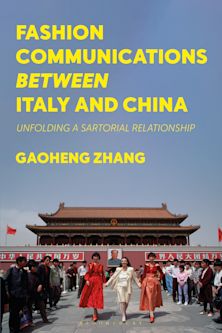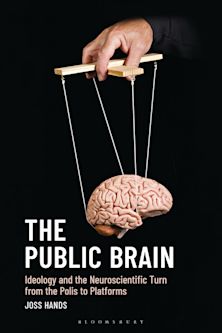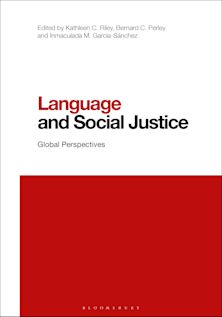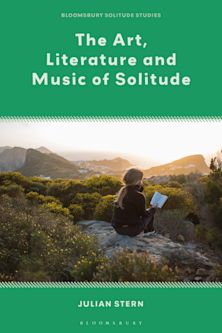- Home
- ACADEMIC
- Anthropology
- Cultural Anthropology
- Places That Count
Places That Count
Traditional Cultural Properties in Cultural Resource Management
- Textbook
Places That Count
Traditional Cultural Properties in Cultural Resource Management
- Textbook
Inspection copy added to basket
This title is available for inspection copy requests.
Please note our inspection copies are only available in ebook format, and are fulfilled by VitalSource™. If an ebook isn’t available, please visit our inspection copy page for more information.
Buy from Bloomsbury eTextBooks
You are now leaving the Bloomsbury Publishing website. Your eBook purchase will be with our partner https://www.vitalsource.com.
Your credit card statement will show this purchase originating from VitalSource Technologies. They will also provide any technical assistance you might require.
You must sign in to add this item to your wishlist. Please sign in or create an account
Description
Places That Count offers professionals within the field of cultural resource management (CRM) valuable practical advice on dealing with traditional cultural properties (TCPs). Responsible for coining the term to describe places of community-based cultural importance, Thomas King now revisits this subject to instruct readers in TCP site identification, documentation, and management. With more than 30 years of experience at working with communities on such sites, he identifies common issues of contention and methods of resolving them through consultation and other means. Through the extensive use of examples, from urban ghettos to Polynesian ponds to Mount Shasta, TCPs are shown not to be limited simply to American Indian burial and religious sites, but include a wide array of valued locations and landscapes-the United States and worldwide. This is a must-read for anyone involved in historical preservation, cultural resource management, or community development.
Table of Contents
Chapter 2: How Did "TCPs" Come Into Our Vernacular?
Chapter 3: TCPs in Broader Perspective: Examples From Far and Wide
Chapter 4: And Closer to Home...
Chapter 5: TCPs in Broader Perspective: Theoretical and Synthesizing Perspectives
Chapter 6: What Makes a TCP?
Chapter 7: Bulletin 38 Revisited: Identifying TCPs
Chapter 8: Bulletin 38 Revisited: Evaluating Eligibility
Chapter 9: Beyond Identification: Managing Effects
Chapter 10: Beyond Bulletin 38: Managing TCPs Themselves
Chapter 11: Consultation
Chapter 12: Some TCP Issues
Chapter 13: A View From The Hill
Product details
| Published | 16 Sep 2003 |
|---|---|
| Format | Ebook (PDF) |
| Edition | 1st |
| Extent | 350 |
| ISBN | 9798216259466 |
| Imprint | AltaMira Press |
| Series | Heritage Resource Management Series |
| Publisher | Bloomsbury Publishing |
About the contributors
Reviews
-
As a cultural resource manager who has worked and struggled with Traditional Cultural Properties for years, Tom King's new book puts many of my past experiences into perspective and provided new ideas and insights for future practice. Anyone responsible for managing and protecting TCPs will find King's compassionate and pragmatic perspectives to be both interesting and valuable.
Darby Stapp, Hanford Cultural Resources Laboratory, Pacific Northwest National Laboratory
-
Places that Count aims to help members of the heritage preservation community understand and recognize traditional cultural places in all their kaleidoscopic and culturally variegated forms. This volume is an elegant and eloquent presentation of preservation laws and regulations, coupled with King's philosophical ruminations about how they might have been, and might yet be, better used in the interests of everyone concerned with historic preservation of places and the multiplicity of meanings attached thereto. King knows preservation laws and regulations perhaps better than any one in the country, and is keenly aware that, in the end, both are matters of (often contested) interpretation. We would do well, in the interests of heritage preservation in general and traditional cultural places in particular, to listen to and act upon-what he has to tell us.
Don Fowler, University Of Nevada, Reno



































